Thousands of years ago, Mayan culture thrived in what is now the northern Guatemala tropics.
How populous was the society? New technology has allowed a more precise look into the scale of the ancient civilization. Archaeologists recently announced their discovery that millions more people lived in the sprawling pre-Columbian society in Guatemala’s Peten region than was first thought.
High-tech aerial mapping techniques revealed evidence of complex and intertwined Mayan houses, buildings, agricultural fields, irrigation canals, and pyramids, all of which suggest that as many as 10 million people may have lived within the tropical Mayan lowlands.
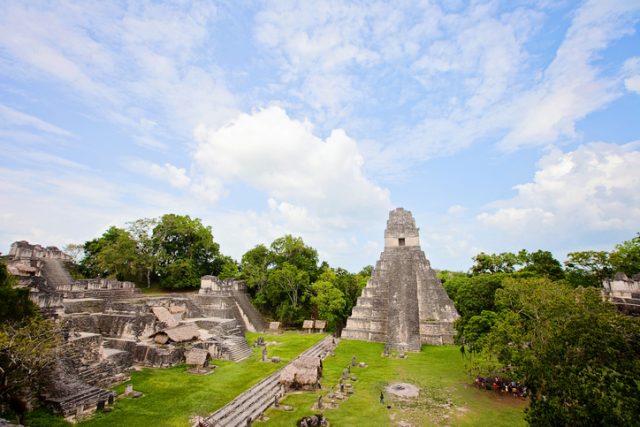
The most important Mayan city, Tikal, was revealed to be three or four times larger than previously estimated.
“This is a game changer,” Thomas Garrison, an assistant professor of anthropology at Ithaca College, in New York, who worked on the project, told NPR in February. It changes the “base level at which we do Maya archaeology.”
An alliance of American, Guatemalan, and European researchers used LiDAR mapping—or light detection and ranging—which bounces pulsed light off the ground, revealing contours otherwise obscured by dense foliage.
A plane flying over the jungle beams light down through the thick roof, which allows mapping in a single afternoon what used to take scientists months and years of slogging through thick undergrowth to accomplish.
Archaeologists noted the speed and accuracy of the technological developments were at once humbling and exciting.
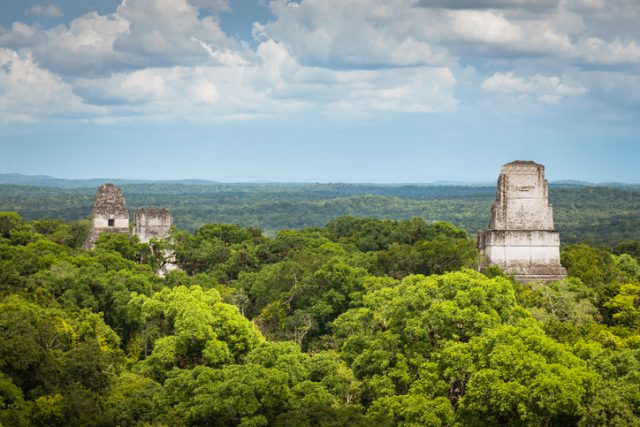
The scientists knew that Mayans had farmed, for instance, but the laser mapping studies showed that the Mayans had cultivated a far wider swath of land than previously imagined—up to 95 percent of the area, in fact. The Mayans had partly drained swampy areas for farming purposes, growing crops in land that hasn’t been deemed worthy since.
The Mayan culture, one of the most dominant indigenous cultures of the Mesoamerica era, flourished between 1,000 BC and 900 AD; it peaked at approximately 250-900 AD.
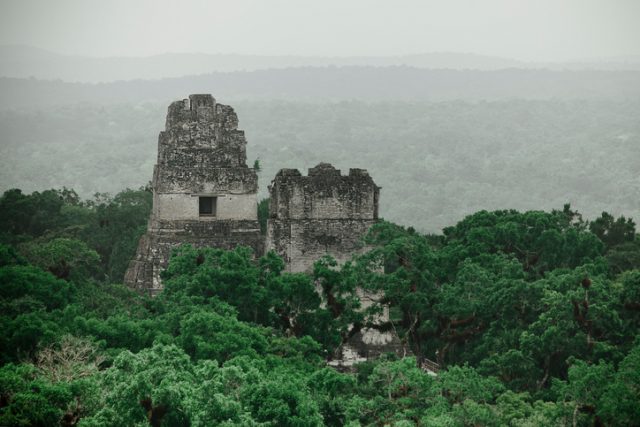
Archaeologists have long known that Mayans excelled at agriculture, pottery, and hieroglyphs, as the culture left behind astonishing stone architecture and symbolic artwork.
The recent discovery expands the area in which the Mayans thrived to 800 square miles.
7 Things you may not know about The Mayans
Within that space, 60,000 structures were detected; as well as at least four ceremonial plazas with pyramids and wide, raised highways to allow easy passage during rainy periods between urban centers and quarries.
The discoveries suggest the society was far more organized and advanced than previously thought, and akin to ancient Greece and China.
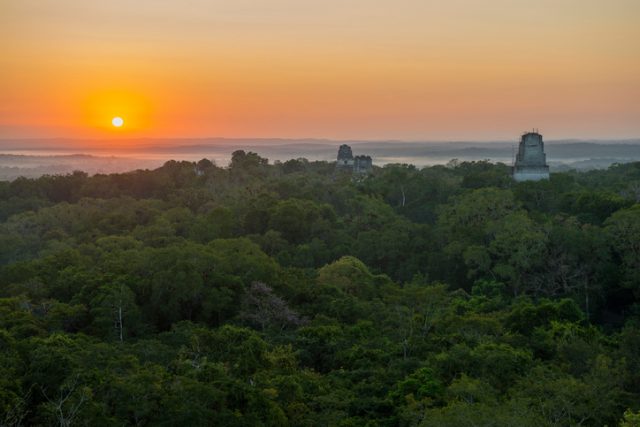
Previously, scholars had estimated a population of around 5 million. The new data suggests an estimated 10 million to 15 million inhabitants. Defense walls, ramparts, and fortresses suggest ongoing and enduring warfare.
Experts debate the reason behind the sharp decline of the Maya culture; some believe overpopulation exhausted the area, others posit warfare decimated the region, and still others say an environmental catastrophe like extended drought may have wiped out the civilization.
It’s possible that all three circumstances intertwined to determine the Mayan fate. Whatever the reason, the jungle grew over the relics and abandoned fields of the ancient culture, thereby preserving them from future ruin and plunder.
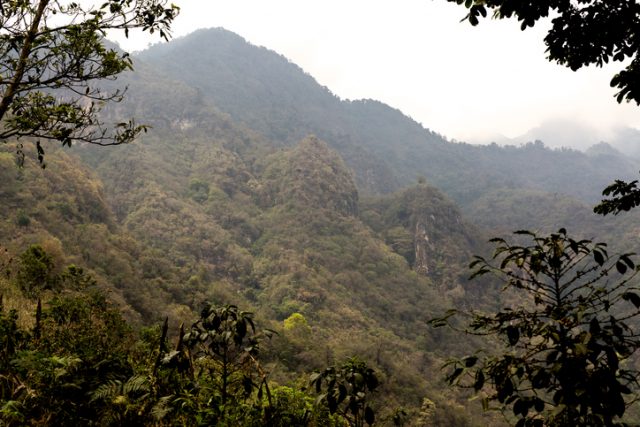
“The jungle, which has hindered us in our discovery efforts for so long, has actually worked as this great preservative tool of the impact the culture had across the landscape,” anthropologist Thomas Garrison told the Guardian.
“We’ve had this Western conceit that complex civilizations can’t flourish in the tropics, that the tropics are where civilizations go to die,” Marcello A Canuto, a professor of anthropology at Tulane University who participated in the study, told National Geographic. “But with the new LiDAR-based evidence from Central America … we now have to consider those complex societies may have formed in the tropics and made their way outward from there.”
E.L. Hamilton has written about pop culture for a variety of magazines and newspapers, including Rolling Stone, Seventeen, Cosmopolitan, the New York Post, and the New York Daily News. She lives in central New Jersey, just west of New York City
